Choosing a digital asset management (DAM) system can be daunting. Especially as you sort through complex requirements and a sea of potential vendors. Ntara is here to demystify the process and help you navigate this exciting step forward for your business.
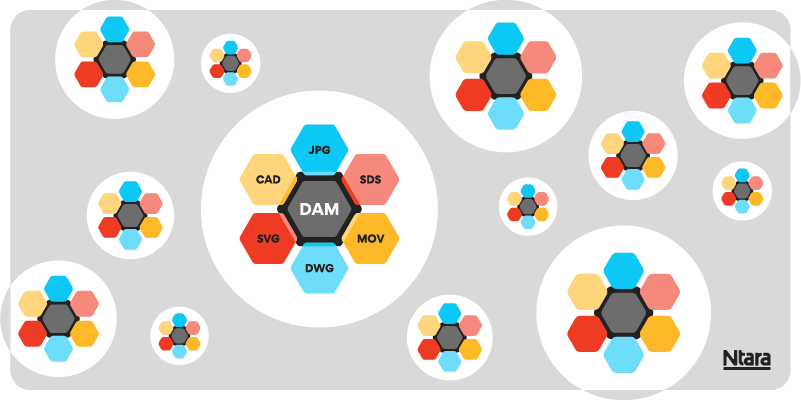
Challenges in selecting DAM software
The DAM software landscape is diverse and rapidly changing. It’s also been around for ages, even longer than product information management (PIM) software. As a result, the DAM space is crowded. New vendors pop up daily, and even with carefully crafted requirements, you could face many viable options.
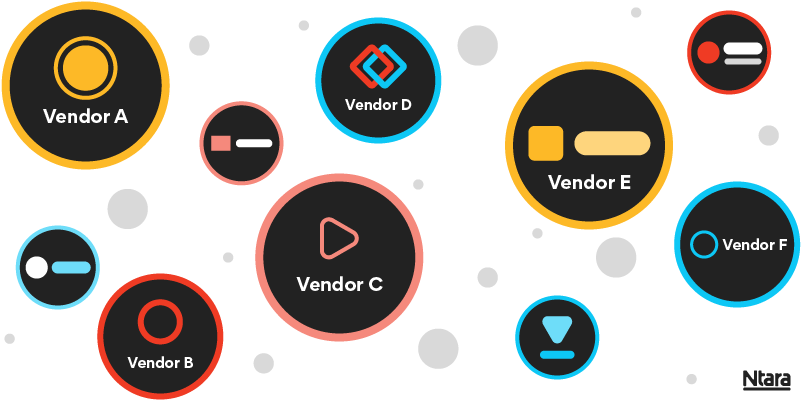
Choosing the right DAM isn’t just about features—it’s about fit. Some platforms are built for media archives or creative agencies, while others are designed for product-driven organizations like manufacturers and consumer brands. If you’re not a DAM expert, how do you know which one is right for your business?
On top of managing day-to-day responsibilities, selecting and deploying a business-critical DAM system often comes with its own set of challenges:
- A tedious evaluation process
Identifying, contacting, and coordinating with vendors takes time—and lots of it. - Unclear evaluation criteria
Without deep DAM expertise, it’s hard to know which questions to ask or what makes a platform the right fit. - Competing priorities
Your core responsibilities don’t pause just because you’re choosing a DAM. The selection process often competes with urgent work that can’t wait.
Consider your digital asset management maturity
The way you manage your digital assets typically falls within five phases of maturity. Before you choose DAM software, it helps to assess your current maturity phase and future goals. This will guide your overall strategy and help you select a DAM software platform that plays to your strengths.
For example, some DAM platforms offer global-scale capabilities with advanced publishing workflows. While ideal for large, complex organizations, that level of sophistication can overwhelm teams that need a simpler, more intuitive experience.
Understanding your desired DAM maturity helps align your selection from the start.
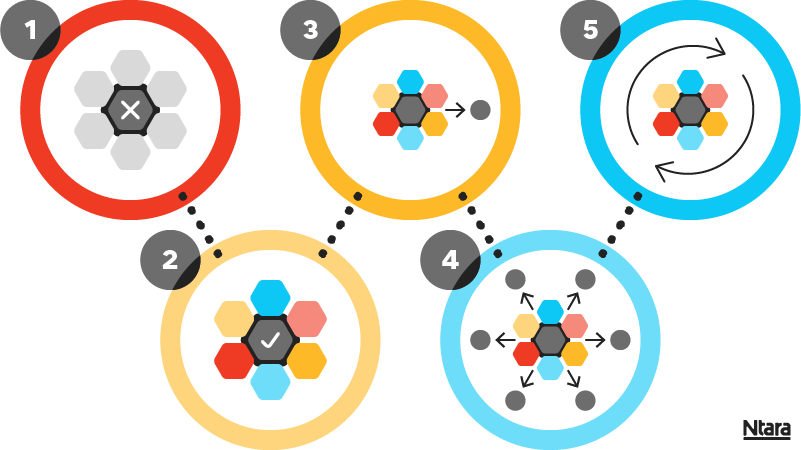
- No DAM in place
Assets are scattered across teams, tools, and drives—no centralized system exists. - Centralized but manual
Assets live in a DAM, but manual processes are still required to distribute them. - Basic syndication
Assets are syndicated from the DAM to at least one marketing channel. - Omnichannel syndication
Assets flow from the DAM to multiple channels, improving consistency and speed. - Data-driven optimization
Digital shelf analytics informs asset strategy, creating a feedback loop for continuous improvement.
Steps to DAM software selection
Selecting the right DAM system requires a comprehensive approach. You need a cross-departmental view of DAM requirements and how those needs align with the capabilities and cost of each software platform.
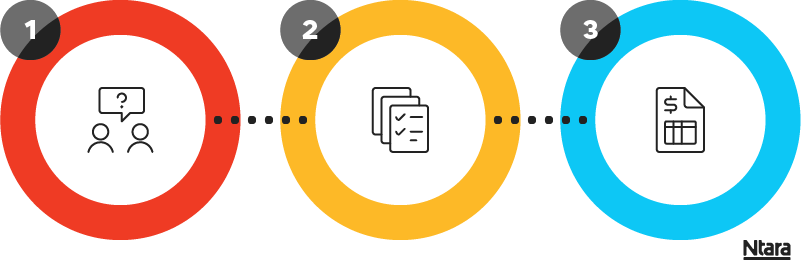
Step 1. Gather requirements
Start by speaking with users and stakeholders across your organization—including teams in sales, marketing, legal, product development, and ecommerce. Your goal is to capture a full picture of what each group needs from the DAM system. Some requirements will be technical, while others will shape how the system is structured and used day-to-day. It’s essential to include every department that will contribute to or rely on your digital asset management processes.
Step 2. Evaluate capabilities
DAM platforms offer a wide range of capabilities—but not all of them are built with product-driven organizations in mind. So, what are your non-negotiables?
For many manufacturers and brands, digital rights management (DRM) is essential. Take a CPG brand selling shoes, for example. They might feature user-generated content in an ad campaign, such as a photo of talent wearing their product. Behind that image is likely a contract specifying how, where, and for how long it can be used.
Without robust DRM capabilities and asset lifecycle automation features, tracking those usage rights becomes manual, error-prone, and risky. A single misstep could lead to legal disputes or brand damage. That’s why choosing a DAM platform that supports your specific business needs isn’t just helpful, it’s critical.
Other must-have DAM capabilities for product-focused organizations include:
- Content delivery network (CDN): Easily publish assets and generate shareable URLs for fast, reliable delivery.
- Dynamic image transformations: Automatically generate channel-specific formats without manual editing.
- Robust metadata management: Attach detailed metadata to describe, catalog, and curate assets for better search and governance.
- Integrations and connectors: Connect your DAM with essential tools like ERP, CMS, ecommerce platforms, and PIM systems to streamline workflows.
Step 3. Align on cost
Choosing a top-ranked DAM vendor from a Gartner or Forrester report might seem like a safe bet but it can be a costly mistake. Many organizations end up paying for features they don’t need, leading to wasted budget and underutilized technology.
Instead, take a strategic approach that aligns your requirements, capabilities, and budget. This alignment ensures you’re investing in a DAM solution that fits your actual needs and helps you clearly demonstrate its value to stakeholders—making it easier to gain full organizational support.
Don’t overlook technical debt. DAM is rarely a standalone initiative; it’s typically part of a broader digital transformation strategy. For example, if you’re also planning a PIM implementation, consider how DAM and PIM can integrate to streamline workflows, reduce duplication, and accelerate ROI.
By looking beyond vendor rankings and considering the full ecosystem of your tech stack, you’ll be better positioned to choose a DAM solution that delivers sustainable, long-term value.
Learn how PIM + DAM intersect to supercharge the product experience.
Get help with DAM software selection
Selecting DAM software that truly fits your business needs is critical but it isn’t easy, especially if you don’t work in DAM or PIM every day. That’s where Ntara comes in.
Our experts specialize in supporting global, multilingual deployments involving billions of digital assets and data points. We know the right questions to ask and the right processes to follow to help your business make a confident, informed software selection.
Our proven DAM evaluation process

1. Objective platform evaluation
We start with a standardized, unbiased assessment of potential DAM platforms. This evaluation is grounded in your specific business goals and DAM requirements—not just generic feature lists.
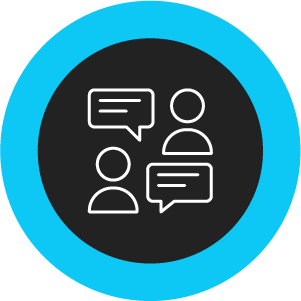
2. Stakeholder-driven research
Through cross-functional stakeholder interviews, we uncover the criteria that matter most: technical requirements, user preferences, and implementation priorities.
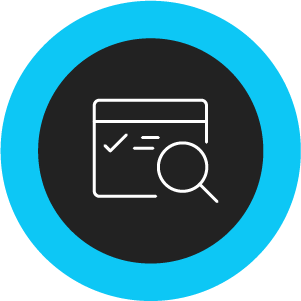
3. Vendor outreach & screening
Ntara takes vendor outreach off your plate and helps you establish strategic “entrance criteria” to filter platforms by cost, technical complexity, partner model, and deployment flexibility. That way, you only evaluate the solutions that truly fit.

4. Collaborative scoring process
Short-listed vendors self-score their capabilities from “not available” to “best in class.” Then, your internal team evaluates each platform’s features. Our technical experts complete the analysis with a deep dive into each requirement. All scores are kept confidential until the process is complete to ensure objectivity.
By combining strategic insight with hands-on technical expertise, Ntara helps you choose a DAM solution that aligns with your business, integrates with your ecosystem, and delivers long-term value.
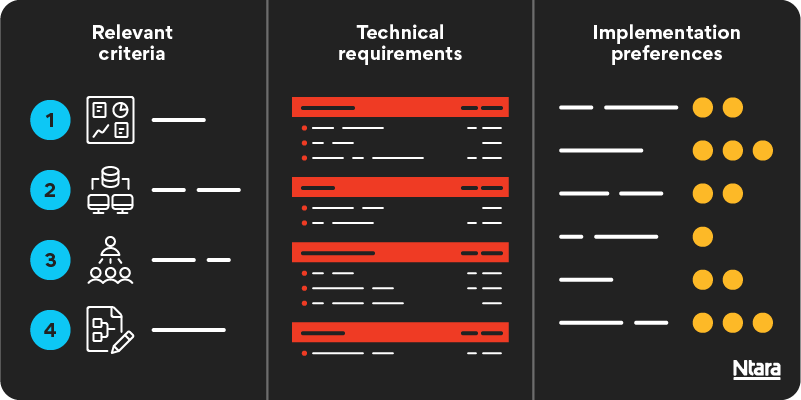
We designed this process to cut through the marketing noise and help you identify which DAM platform features truly align with your business needs. It’s easy to be swayed by the platforms highlighted by top Forrester or Gartner reports—and their insights are valuable. But choosing the right DAM isn’t about popularity; it’s about finding the solution that fits your unique goals, workflows, and technical environment.
What you get from a DAM software selection
By the end of this project, you’ll have everything you need to confidently select the right DAM software for your business, including:
Business requirements document: A clear outline of what your organization needs from DAM software, validated by key decision-makers.
Double-blind vendor scorecard: A three-tier evaluation of each platform’s ability to meet your specific requirements—free from bias.
ROI study: A framework to help you track the time and cost savings your DAM implementation delivers.
Findings & recommendations: A strategic roadmap that guides you from your current state to your ideal DAM future.
If this sounds like the way you want to approach DAM software selection, get in touch. We’d love to learn more.